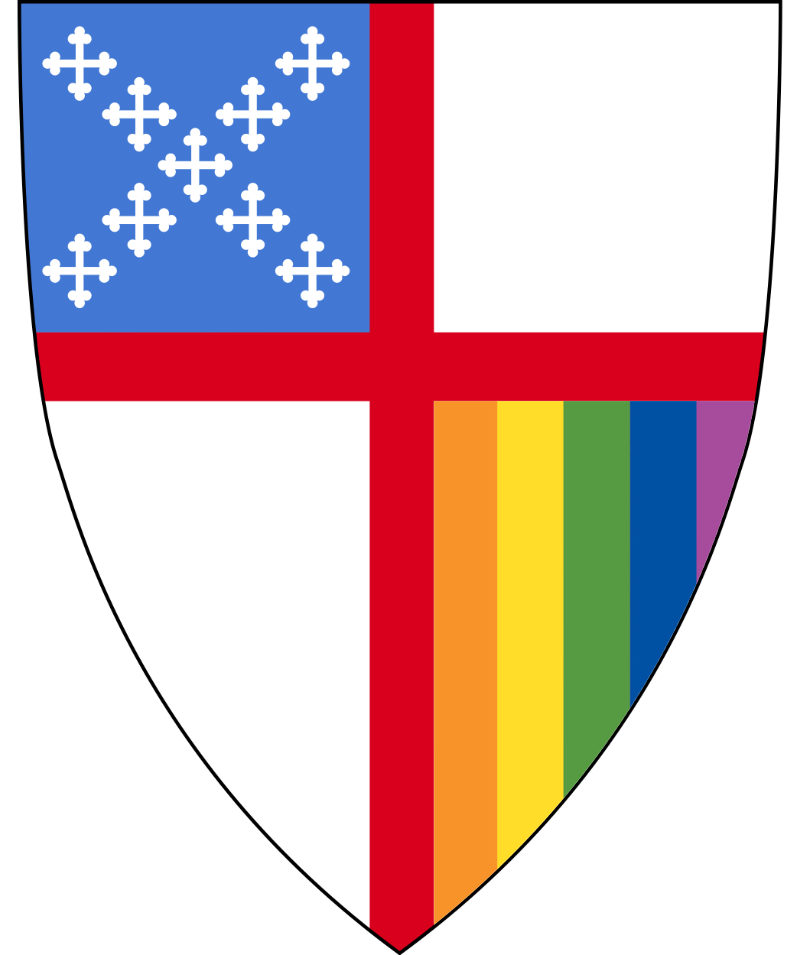SCRIPTURE REFLECTIONS: The first reading is from the Acts of the Apostles (2:14a,22-32) and consists of Peter’s first sermon after the Pentecost experience. The passage ends, “This Jesus, God raised up, and of that all of us are witnesses.” Psalm 16 is a personal prayer for God’s protection and nurture. The Epistle (I Peter 1:3-9) notes that even though we have never seen Jesus, by faith we can love him. The Gospel is John 20:19-31 tells the post-resurrection story about Thomas needed physical proof that his Savior has risen. When he does actually touch Jesus’ wounds, he replies, “My Lord and my God!” To which Jesus adds, “Blessed are those who have not seen and yet have come to believe.”
THE HYMNS:
PROCESSIONAL HYMN: No. 179. “Welcome Happy Morning.” This hymn, along with other Easter music, is the creation of the Italian-born poet, Venantius Honorius Fortunatus (c540-600). It was translated into English by the prolific British hymn writer, the Rev. John Ellerton (1826-1893). The music was composed by Arthur Seymour Sullivan (1842-1900) and is given the name, “Fortunatus,” in honor of the author.
THE SEQUENCE HYMN: No. 193. “That Easter Day with Joy was Bright.” Tradition says that this hymn was written by Saint Ambrose and dates in Latin back to the 5th century. The appearance of Jesus to Thomas is referred to, “His risen flesh with radiance glowed; his wounded hands and feet he showed; those scars their solemn witness gave that Christ was risen from the grave.” The tune, “Puer Nobis,” was adapted from a 15th century melody by Michael Praetorius (1571-1621).
PRESENTATION HYMN: : No. 205. “Good Christians All, Rejoice and Sing!.” This relatively modern hymn was written by Dr. Cyral Argentine Alington (1872-1955), a British educator, scholar, Anglican priest, versifier, and prolific author. He was the headmaster of both Shrewsbury School and Eton College. He also served as chaplain to King George V and as Dean of Durham Cathedral. The hymn truly reflects the abject joy of Jesus’ resurrection with an appropriate “Alleluia” refrain. The tune, “Gelobt sei Gott,” is a composition of Melchior Vulpius (d. 1616).
COMMUNION HYMN: No. 178. “Jesus Is Lord of All the Earth.” This hymn was written by Donald Fishel born in 1950, a graduate of the University of Michigan, and a consummate musician. In a biographical sketch he writes that after college, “I then embarked on a career in music publishing and began writing the Christian songs for which I am best known. My songs Alleluia No. 1 and The Light of Christ can be found in the hymnals of the Episcopal, Lutheran, Methodist, and Roman Catholic Churches.” (See attached photo of Don and his pet dog, “Tommy.” The tune name is the “Alleluia No. 1” and was composed by him and arranged by Betty Carr Pulkingham (b. 1928) the wife of the Rev. William Graham Pulkingham an Episcopal priest who lived from 1926-1993.
RECESSIONAL HYMN: No. 210. “The Day of Resurrection.” This is a popular hymn of the Orthodox churches and dates back to St. John of Damascus (c. 750). It is sung in Greek churches at midnight on Easter morning. It was the tradition to begin the hymn in relative darkness and. as it was being sung, each worshipper would like their candle until they felt the “rays eternal of resurrection light” of the second verse. The tune, “Ellacombe,” is by an unknown composer and appears first in the “Gesangbuch” of 1863.

